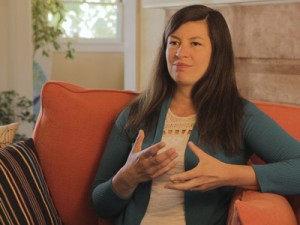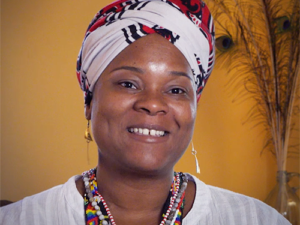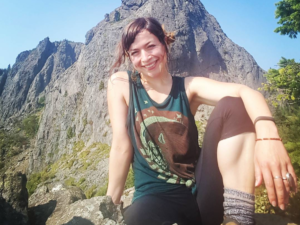Recently 60 minutes aired a piece on the mental health crisis in the U.S. in response to the recent wave of mass shootings by individuals with severe mental disturbance. They stated that half of the 7 million people in the country with schizophrenia and severe mental illness are not being treated at all. In the 70’s and 80’s the mental institutions were closed and the patients were released, hopefully, to go to residential treatment centers. Unfortunately, due to insufficient funding many ended up on the streets fending for themselves. The 60 minutes report showed how todays jails and prisons have become the new “insane asylums”.
Today the common treatment of choice is pharmaceuticals for symptomatic relief. Although an improvement over some of the treatments that came before, the people taking these medications complain of feeling emotionally numb, listless and groggy. At one point after his ‘psychotic break’ Adam was taking 15 pills a day. His side effects included daily headaches, vomiting and debilitating anxiety. Thomas Insel, director of the National Institutes of Mental Health, recently acknowledged that although anti-psychotics can “safely and effectively help people through the crisis of acute psychosis,” the drugs might “worsen prospects for recovery over the long-term.”
Obviously the issues surrounding our current mental health crisis are multifaceted and it’s not likely the solution will be simple. For this project we have interviewed professionals in a variety of fields who offer alternate ways of looking at specific aspects of this extremely complex subject.
Here Angeles Arrien, a well known author and lecturer who received her Ph.D. in Cultural Anthropology, shares with us some of her insights gathered from her study of indigenous cultures.
Angeles mentions how, as in Adam’s case, unitive experiences can be incomprehensible and quite frightening at first. She states how some ‘breaks with reality’ do have the potential to be spiritual awakenings and says that from an indigenous point of view, if there is a safe environment created for the opening to occur, a natural rebalancing can take place.
Do you think this approach found in many indigenous cultures could have some relevance for us today?




